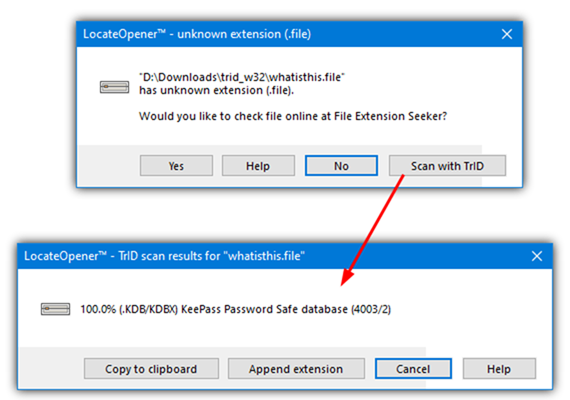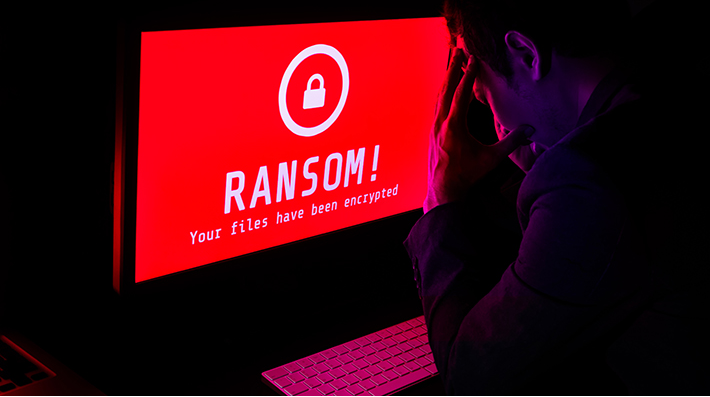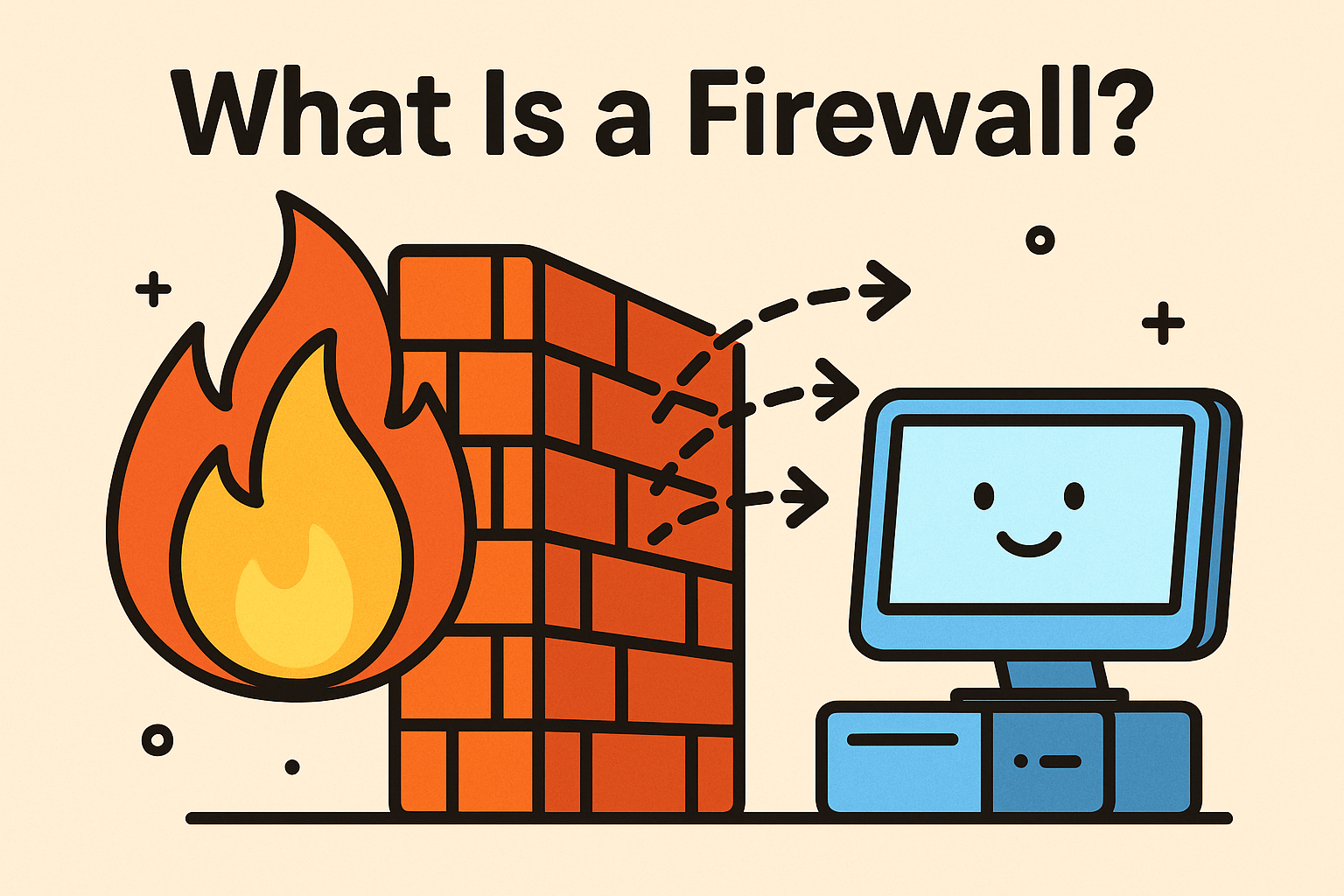Cyberattack at Port of Seattle: A Stark Reminder of the Growing Threats to Critical Infrastructure
Updated on August 28, 2024, by Xcitium

The recent cyberattack on the Port of Seattle is yet another alarming reminder of the escalating threats facing critical infrastructure across the globe. As one of the busiest ports in the United States, the Port of Seattle plays a vital role in the country’s economy, handling millions of tons of cargo annually. The disruption caused by this cyberattack not only underscores the vulnerability of our critical infrastructure but also highlights the urgent need for a comprehensive and proactive approach to cybersecurity.

The Growing Threat to Critical Infrastructure
Critical infrastructure—ranging from transportation hubs like the Port of Seattle to energy grids, water systems, and communication networks—is increasingly becoming a prime target for cybercriminals. These systems are essential for the functioning of our society, and any disruption can have far-reaching consequences, affecting everything from commerce and trade to national security and public safety.
Cybercriminals are aware of the potential impact of targeting critical infrastructure. A successful attack can lead to significant financial losses, widespread disruption, and even loss of life. The motivations behind these attacks can vary, from financial gain through ransomware to political or ideological motives aimed at causing chaos and undermining public trust in essential services.
The Challenges of Securing Critical Infrastructure
Securing critical infrastructure presents unique challenges. These systems are often large, complex, and interconnected, with a mix of legacy technologies and modern digital solutions. Many critical infrastructure systems were not designed with cybersecurity in mind, making them particularly vulnerable to attacks.
Moreover, the sheer scale and complexity of these systems mean that a breach in one area can quickly spread, causing a cascade of failures across interconnected networks. The Port of Seattle cyberattack is a case in point, where the disruption had the potential to affect not just the port itself but also the broader supply chain and economy.
The Need for a Zero Trust Approach
Given the increasing threats to critical infrastructure, a traditional perimeter-based security approach is no longer sufficient. A Zero Trust model, which assumes that no entity—whether inside or outside the network—can be trusted without verification, is essential for protecting these vital systems.
Zero Trust operates on the principle of “never trust, always verify.” It requires continuous monitoring, strict access controls, and regular verification of all users and devices accessing the network. This approach limits the ability of cybercriminals to move laterally within a network, even if they manage to breach one part of the system.
For critical infrastructure, adopting a Zero Trust approach means ensuring that every access request is authenticated and authorized, and that every part of the system is continuously monitored for signs of suspicious activity. By implementing these measures, organizations can significantly reduce the risk of a successful cyberattack and limit the potential damage if an attack does occur.
The Role of Government and Industry Collaboration
Securing critical infrastructure is not just the responsibility of individual organizations; it requires collaboration between government agencies, industry leaders, and cybersecurity experts. The Port of Seattle attack highlights the need for a coordinated response to cyber threats, with shared intelligence, resources, and strategies.
Government agencies, such as the Cybersecurity and Infrastructure Security Agency (CISA), play a crucial role in providing guidance, resources, and support to critical infrastructure operators. At the same time, industry leaders must invest in robust cybersecurity measures, including the adoption of Zero Trust frameworks and the integration of advanced threat detection and response solutions.
The Growing Threat to Critical Infrastructure
Critical infrastructure—ranging from transportation hubs like the Port of Seattle to energy grids, water systems, and communication networks—is increasingly becoming a prime target for cybercriminals. These systems are essential for the functioning of our society, and any disruption can have far-reaching consequences, affecting everything from commerce and trade to national security and public safety.
Cybercriminals are aware of the potential impact of targeting critical infrastructure. A successful attack can lead to significant financial losses, widespread disruption, and even loss of life. The motivations behind these attacks can vary, from financial gain through ransomware to political or ideological motives aimed at causing chaos and undermining public trust in essential services.
The Challenges of Securing Critical Infrastructure
Securing critical infrastructure presents unique challenges. These systems are often large, complex, and interconnected, with a mix of legacy technologies and modern digital solutions. Many critical infrastructure systems were not designed with cybersecurity in mind, making them particularly vulnerable to attacks.
Moreover, the sheer scale and complexity of these systems mean that a breach in one area can quickly spread, causing a cascade of failures across interconnected networks. The Port of Seattle cyberattack is a case in point, where the disruption had the potential to affect not just the port itself but also the broader supply chain and economy.
The Need for a Zero Trust Approach
Given the increasing threats to critical infrastructure, a traditional perimeter-based security approach is no longer sufficient. A Zero Trust model, which assumes that no entity—whether inside or outside the network—can be trusted without verification, is essential for protecting these vital systems.
Zero Trust operates on the principle of “never trust, always verify.” It requires continuous monitoring, strict access controls, and regular verification of all users and devices accessing the network. This approach limits the ability of cybercriminals to move laterally within a network, even if they manage to breach one part of the system.
For critical infrastructure, adopting a Zero Trust approach means ensuring that every access request is authenticated and authorized, and that every part of the system is continuously monitored for signs of suspicious activity. By implementing these measures, organizations can significantly reduce the risk of a successful cyberattack and limit the potential damage if an attack does occur.
The Role of Government and Industry Collaboration
Securing critical infrastructure is not just the responsibility of individual organizations; it requires collaboration between government agencies, industry leaders, and cybersecurity experts. The Port of Seattle attack highlights the need for a coordinated response to cyber threats, with shared intelligence, resources, and strategies.
Government agencies, such as the Cybersecurity and Infrastructure Security Agency (CISA), provide guidance, resources, and support to critical infrastructure operators. At the same time, industry leaders must invest in robust cybersecurity measures, including adopting Zero Trust frameworks and integrating advanced threat detection and response solutions.
What Makes Xcitium Stand Out
In the face of growing cyber threats to critical infrastructure, Xcitium stands out as a leader in cybersecurity innovation. Xcitium’s ZeroDwell Containment technology is designed to neutralize threats in real time, preventing them from causing harm. Unlike traditional security solutions that react to threats after they have breached the system, Xcitium’s approach proactively isolates and contains potential threats before they can infiltrate critical systems.
Xcitium’s platform is built on the principles of Zero Trust, ensuring that every access request within a network is verified and authenticated. This approach is particularly crucial for critical infrastructure, where the stakes are high, and the potential impact of a breach is catastrophic. By continuously monitoring and analyzing network activity, Xcitium provides comprehensive protection that adapts to the evolving threat landscape.
Furthermore, Xcitium’s commitment to collaboration with industry leaders and government agencies ensures that its solutions are not only effective but also aligned with the latest cybersecurity standards and best practices. For organizations responsible for critical infrastructure, partnering with Xcitium means gaining access to cutting-edge technology and expertise that can help safeguard their operations against even the most sophisticated cyber threats.













